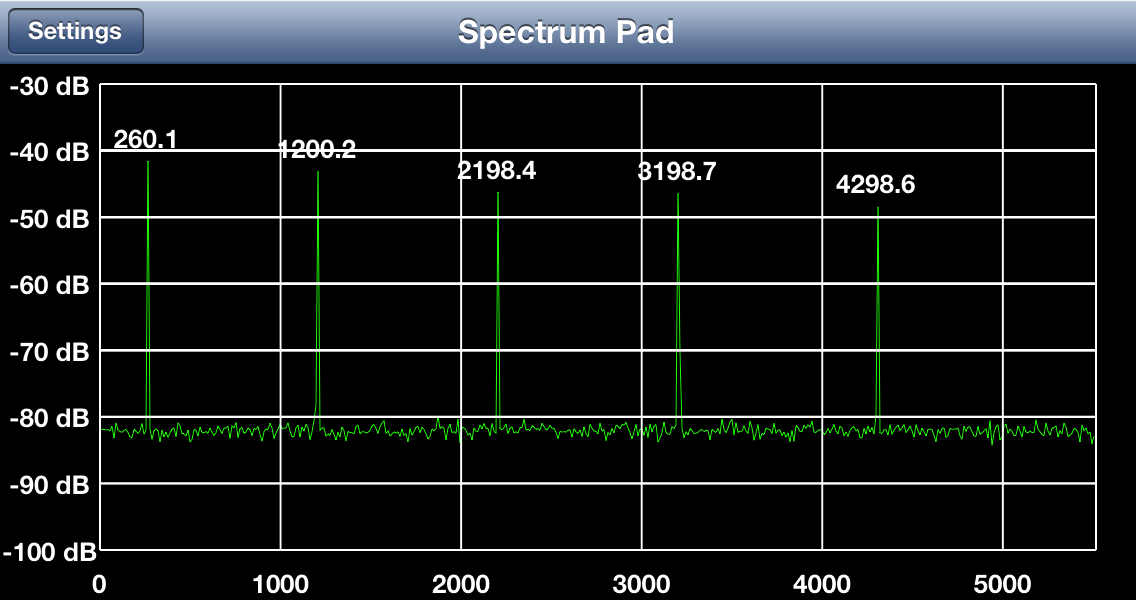


Wi-Fi (802.11) transmissions operate in two different frequency ranges, 2.4GHz and 5GHz. Why Interference and Noise Affect Wi-Fi (802.11) Networks While obviating the fact that the access points operate “on the air” and the radioelectric medium does not always guarantees a free and available environment, and here is where the Wi-Fi spectrum analysis comes into play. The problem lies in focusing all the efforts on the right configuration of the access points in order to optimize their performance. The main focus is set on the positioning of the network’s access points, their coverage, the operating channels to avoid overlapping, the operating transmission speeds, and many more parameters and access point configuration and Wi-Fi protocol (802.11) related values. Normally, when planning or performing a Wi-Fi infrastructure analysis, also known as passive or activesite survey. To identify these sources so we can determine if they are genuine Wi-Fi transmission (802.11) or rather interference or noise. We need to perform a Wi-Fi radioelectric spectrum analysis on the Wi-Fi network’s operating frequency strip (802.11) using a site survey tool and a Wi-Spy wifi spectrum analyzer. Many different transmission sources coexist and interfere with the network’s access points, which can have a negative impact on the network’s performance that cannot be explained by analyzing the access point configuration. Wifi spectrum analysis is important when analyzing a Wi-Fi infrastructure, it is important to note that, besides 802.11 standard devices. How to perform a wifi spectrum analysis is simple.


 0 kommentar(er)
0 kommentar(er)
